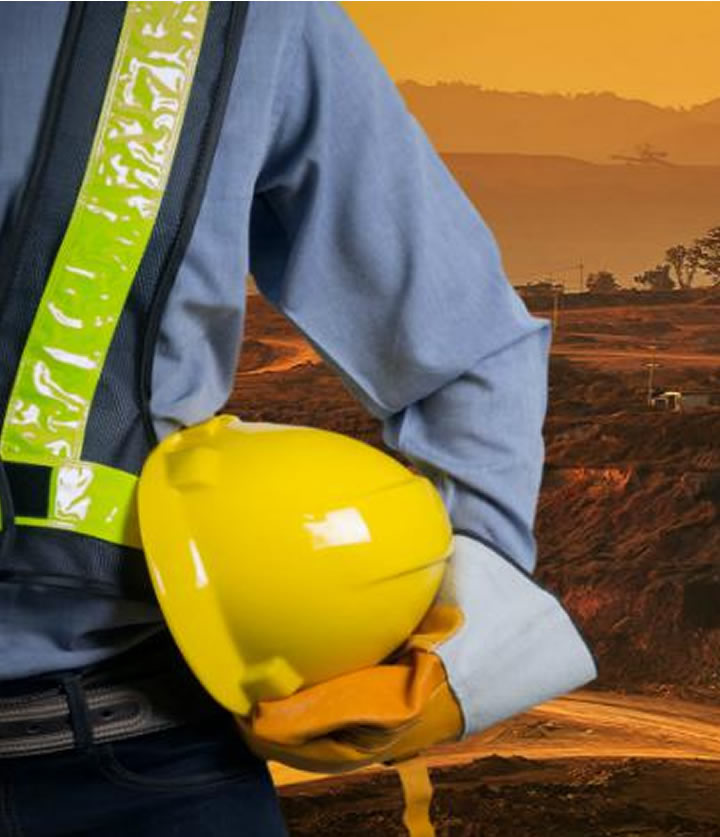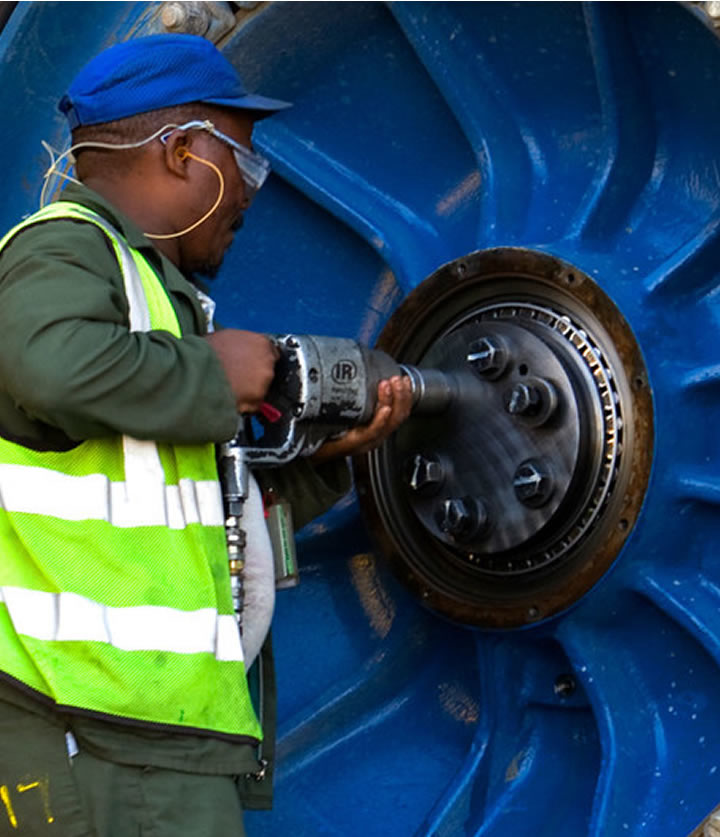Closing The Infrastrcture Gap In Africa
- Home
- Closing The Infrastrcture Gap In Africa
Africa is facing serious infrastructure gaps. For example, nearly 600 million people in sub-Saharan Africa lack access to grid electricity—accounting for over two-thirds of the global population without power. While significant progress is being made to close this gap, Africa still lags behind; for example, India connected 100 million people to electricity in 2018, compared to just 20 million achieved in Africa. No doubt many countries in Africa lags the rest of the world in coverage of key infrastructure classes, including energy, road and rail transportation, and water infrastructure.


Taking electricity as an example, entire communities across large swathes of Africa lack any connection to the grid. For households and businesses alike, work-arounds are expensive, and according to the McKinsey research conducted in 2020, it found that generator-based power in sub-Saharan Africa costs three to six times what grid consumers pay across the world. Even those who do have electricity generally use very little of it: in Mali, for example, the average person uses less electricity in a year overall than a Londoner uses just to power their tea kettle.
Closing the infrastructure gap matters greatly for Africa’s economic development and recovery beyond the pandemic, requires stakeholders to accelerate the quality of life of people and community, and implement pro-growth of businesses across multi-sector platforms. The good news is that infrastructure investment in Africa has been increasing steadily over the past 17 years – prior to the pandemic in 2020, and that international investors have both the appetite and the funds to spend much more across the continent.


What are the prospects of unlocking such a step-change in infrastructure investment? On the one hand, many African governments still face rising debt-to-GDP ratios that will constrains their infrastructure spending currently and, in the years, ahead. In sub-Saharan Africa, for example, the median debt-to-GDP ratio exceeds 50 percent up from 31 per cent in 2012. On the other hand, international investors have considerable appetite for African infrastructure projects. By an estimated data, such investors could have as much as $550 billion in assets under management. They include government agencies, private-sector pension funds, and investment companies.
The 2020 McKinsey analysis indicates that Africa’s current pipeline of infrastructure projects includes $2.5 trillion worth of projects estimated to be completed by 2025, across all asset classes. Not all of these projects will eventually succeed, as over 50 percent of them are still in feasibility stages; nonetheless, this represents an impressive source of future infrastructure activity. We should note that nearly half of the projects in the study phase (by value) are in six countries, led by Nigeria (17 per cent).


A major step for governments, supported by national and multilateral development banks, is to consider how they can improve the flow of private-sector financing into commercially viable infrastructure sectors, such as energy. As discussed earlier, there is no shortage of private-sector finance, but investors struggle to match these funds against viable projects in Africa. Governments and their institutional partners can take decisive action to improve the commercial viability of projects, including by helping to mitigate political, currency, and regulatory risks, and by increasing the deal flow of bankable projects.






